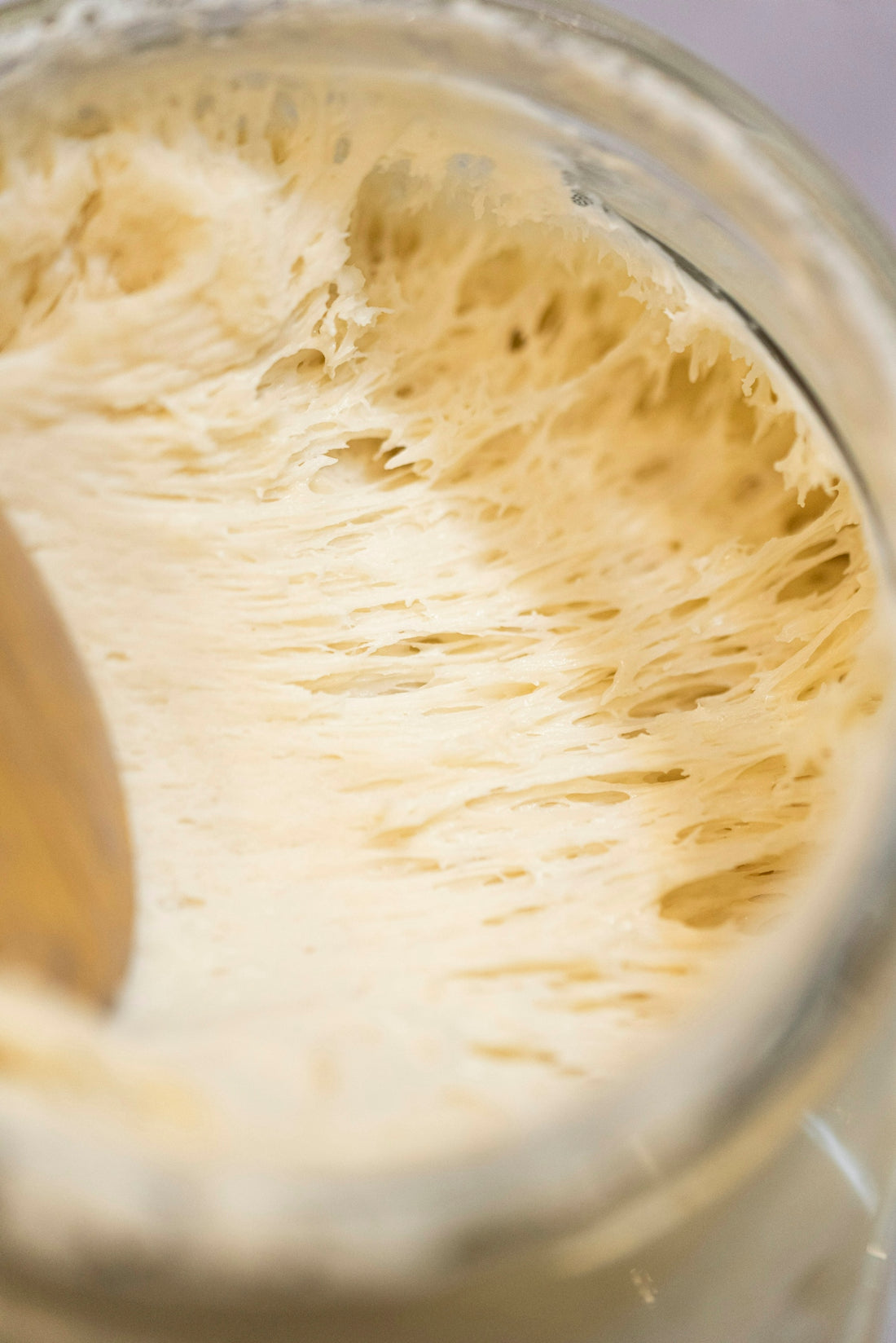
Wild Yeast Wonders: Introduction to Sourdough Fermentation
Embarking on the journey of sourdough baking is like opening a door to a world filled with history, art, and science combined. Sourdough fermentation, a method that harnesses wild yeast and lactic acid bacteria, dates back thousands of years. This ancient process not only creates delicious bread with a unique tangy flavor but also offers numerous health benefits. Welcome to the fascinating realm of sourdough, where we'll explore the fundamentals of creating a sourdough starter, the intricacies of homemade sourdough, artisan bread baking, and the benefits of using wild yeast fermentation.
The Magic of Sourdough Fermentation
Sourdough fermentation is a dance between flour, water, and wild yeast that results in complex flavors and textures. This natural fermentation process predates commercial yeast, relying instead on the natural yeasts and bacteria found in the environment and on flour. The symbiotic relationship between these microbes not only causes the dough to rise but also improves digestibility and enhances nutritional benefits, making sourdough a preferred choice for many.
Health Benefits of Sourdough
For those interested in nutrition, sourdough offers a range of benefits. Notably, some studies suggest that the fermentation process lowers the glycemic index of bread, making sourdough a better option for diabetics. Additionally, the lactic acid bacteria present in sourdough can break down phytic acid in flour, thereby increasing mineral absorption.
Getting Started with Sourdough
Creating and Maintaining a Sourdough Starter
The journey to your first sourdough loaf begins with creating a sourdough starter, a simple mixture of flour and water that captures wild yeast and bacteria. Here's how to start and maintain your own:
- Combine Equal Parts Flour and Water: Start with 100 grams of flour and 100 grams of warm water. Mix well and let sit at room temperature.
- Feeding Schedule: Discard half of the starter daily and replenish with 100 grams each of flour and water. This process strengthens the culture over time.
- Consistency: A well-maintained starter should be bubbly, with a pleasant, slightly tangy aroma.
For precision, consider using the Nonna Bella 5kg Digital Kitchen Scale with LED Display to measure ingredients accurately.
How to Store Sourdough Starter
If baking daily isn't possible, you can store your sourdough starter in the refrigerator, feeding it once a week. For long-term storage, consider drying a portion of your starter.
Sourdough Starter vs. Commercial Yeast
Unlike commercial yeast, a sourdough starter contains diverse strains of yeast and lactic acid bacteria, contributing to its distinct flavor profile and potential health benefits. This makes the sourdough baking experience more rewarding and authentic.
Crafting Your First Sourdough Loaf
Easy Sourdough Bread Recipe
Once your sourdough starter is fully active, it's time to create your first loaf. Here is a simple recipe to get you started:
Ingredients:
- 500 grams bread flour
- 350 grams water
- 100 grams active sourdough starter
- 10 grams sea salt
Instructions:
- Autolyse: Mix flour and water until there are no dry bits. Let it rest for 30 minutes.
- Mix and Knead: Add the sourdough starter and salt to the dough. Knead gently until combined.
- Bulk Fermentation: Let the dough rise at room temperature for 4-5 hours, folding the dough every 30-45 minutes.
- Pre-Shape and Shape: Gently shape the dough into a ball, let rest, then shape again for your preferred loaf.
- Proof: Allow the dough to rise until doubled in size, about 2-4 hours.
- Bake: Preheat your oven with a Bake an Artisan Bread Masterpiece: 5.5 Quart Red Le Creuset Dutch Oven. Bake for 20 minutes with the lid on, then 25 minutes with the lid off at 230°C (446°F) for a crispy sourdough crust.
Best Sourdough Scoring Techniques
Scoring sourdough is both an art and a science. Effective scoring controls the bread's expansion during baking. Using a Wooden Handle Bread With 5 Blades Lame can provide precision and aesthetics to your loaves.
Troubleshooting Common Sourdough Issues
From time to time, sourdough baking can present challenges. Here are some tips to troubleshoot common issues:
- Dense Bread: Could be due to under-proofing; try allowing a longer rise.
- Overly Sour Flavor: Avoid over-fermenting the dough or maintain a regular feeding schedule for your starter.
- Flat Loaves: Ensure sufficient gluten development or check the strength of your starter.
Always remember, each loaf offers a new learning opportunity in your sourdough adventure.
Sourdough Beyond the Loaf
The versatility of sourdough extends beyond traditional bread. Consider trying sourdough for other bakes:
- Sourdough Pizza Dough: Achieves a crispy, flavorful crust with a chewy texture.
- Sourdough Bagels: Adds a tangy dimension to these breakfast favorites.
- Sourdough Discard Recipes: Use excess starter in pancakes, waffles, or crackers to avoid waste.
Essential Tools for Sourdough Baking
To ensure a smooth and enjoyable sourdough baking experience, the right tools are essential:
- Sourdough Starter Jar: Keep your starter in a dedicated jar like one from the Professional Baking Tools 24 Oz Sourdough Starter Jar.
- Pastry Mat and Scraper: To handle the sticky dough efficiently.
- Dutch Oven: For creating steam and giving your bread a professional crust finish.
Conclusion
Whether you're a seasoned baker or a curious beginner, sourdough offers endless possibilities for creativity and exploration. Enjoy the process, and don't forget to savor the unique flavors and health benefits that sourdough fermentation brings to your table.
Find more tips and tools to enhance your sourdough journey at Italian Sourdough.
Happy Baking!
